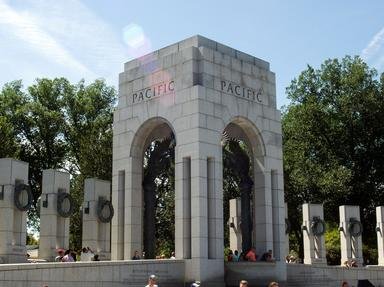Quiz Answer Key and Fun Facts
1. What are the approximate dates of the Nanjing Massacre?
2. In the months preceding the conquest of Nanjing, Japanese Emperor Hirohito officially abrogated international conventions for the treatment of captives - to the extent that Japanese staff officers were advised to stop using the term "prisoners of war".
3. Which of the following was NOT a commander of the Japanese forces in the Nanjing campaign?
4. Which of these is the most widely accepted number of those murdered in the Nanjing Massacre?
5. Despite the popular naming of "The Rape of Nanking", sexual crimes were almost unknown in the Nanjing massacre.
6. A major pretext for the killings in Nanjing was the Japanese claim that many Chinese combatants had disguised themselves as civilians and were acting as insurgents. What evidence is there that belies these claims?
7. Which of these crimes was NOT widely reported during the Nanjing Massacre?
8. What finally quelled the depredations at Nanjing?
9. One attempt to mitigate the depredations of the Nanjing events came from foreign national John Rabe, who organized an "International Committee" that established the "Nanking Safety Zone" containing several foreign-owned properties and diplomatic missions, with the United States Embassy roughly in the center. Though Japanese troops did intermittently enter the Safety Zone, Rabe and the Committee are generally credited with saving lives in the tens of thousands. What organization was Rabe a member of that gained him some cachet with the Japanese military?
10. The Nanjing Massacre is widely acknowledged in Japan as a memory of profound regret, and is memorialized there much as the Holocaust is in Germany.
Source: Author
stuthehistoryguy
This quiz was reviewed by FunTrivia editor
bloomsby before going online.
Any errors found in FunTrivia content are routinely corrected through our feedback system.

